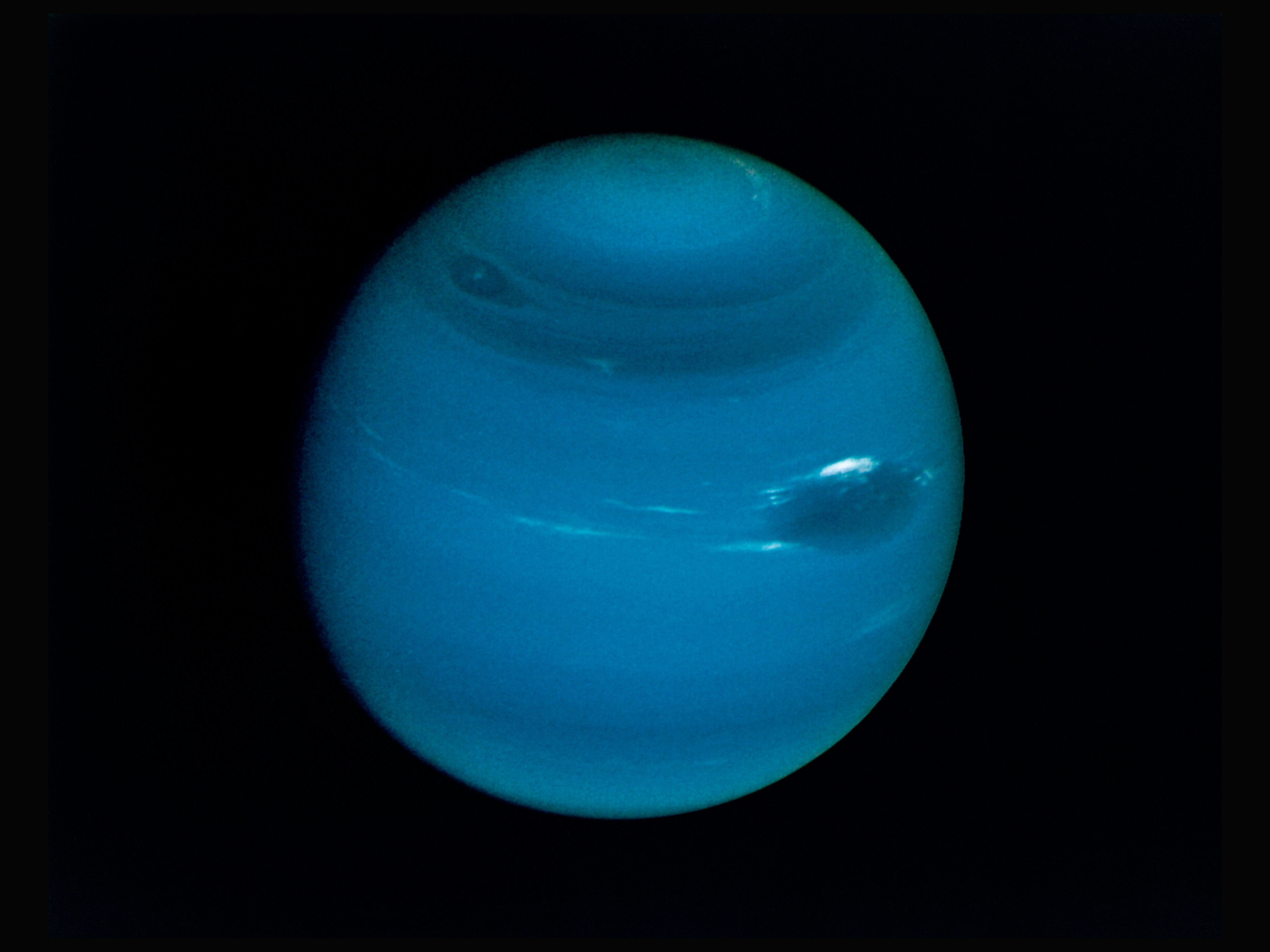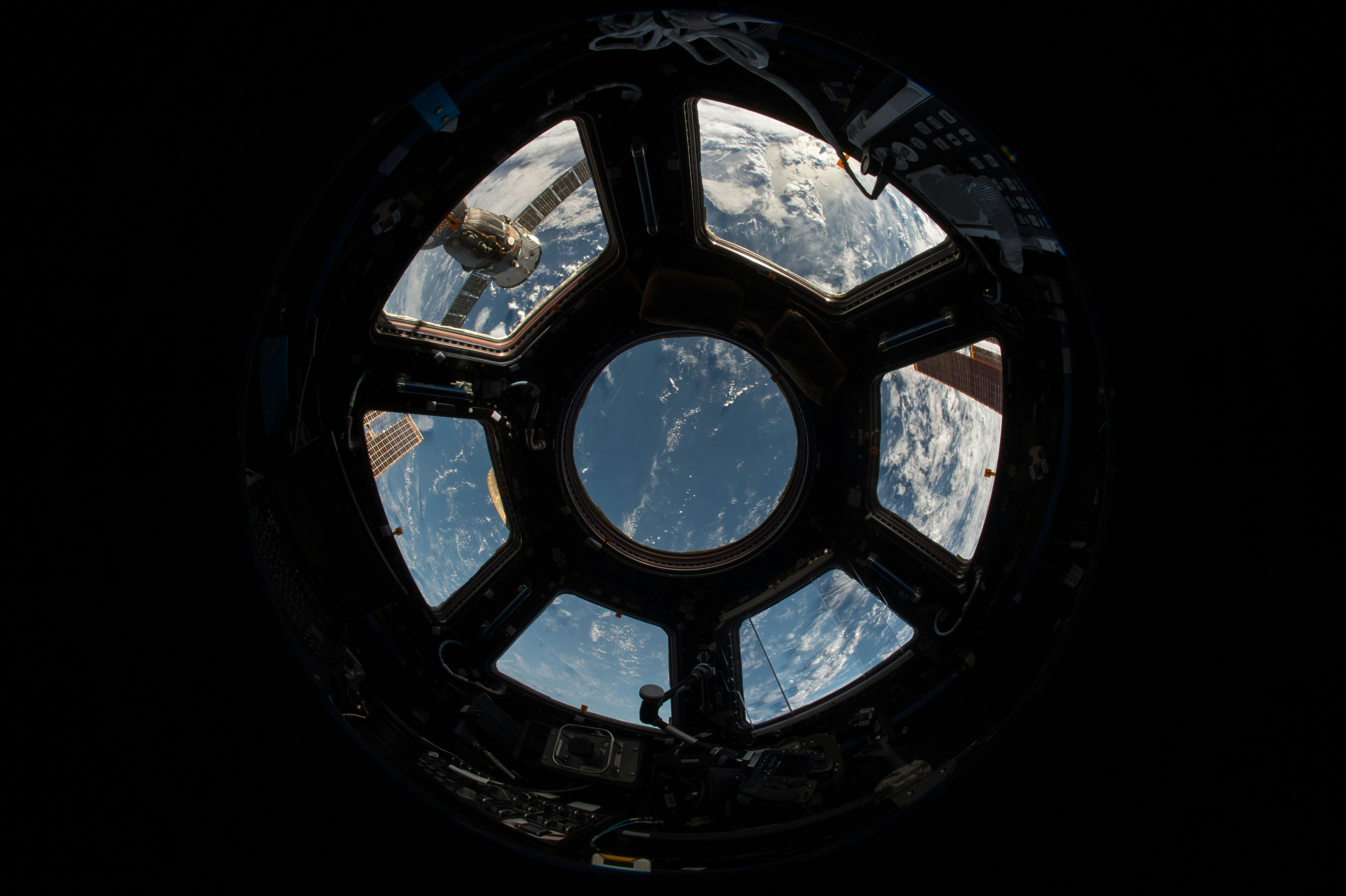
The Best Free Tools & Platforms to Practise Space Skills in 2025/26
Space has always inspired human imagination, but today it is also a booming global industry. The UK space sector is worth billions, employing tens of thousands of people and spanning everything from satellite communications and Earth Observation to spacecraft design, propulsion, and deep-space exploration. With growth forecast for the coming decade, there has never been a better time to prepare for a career in space technology.
Yet the reality of working in the space sector is that theory alone is not enough. Employers want candidates who can demonstrate applied skills — the ability to design, model, simulate, and test. They want to see you can handle data, understand system integration, and work with the same kinds of tools used in industry.
The challenge is that professional software suites in aerospace and space engineering are often prohibitively expensive. But here’s the good news: there are many free and open-source tools available that allow you to practise space-related skills right now. From mission visualisation and data processing to computational fluid dynamics and systems engineering, these tools let you gain hands-on experience without spending a penny.
In this article, we explore the best free tools and platforms to practise space skills in 2025. You’ll learn what each one offers, how it supports your development, and how to use it in projects that strengthen your portfolio for space sector jobs.
Why Practising Space Skills Matters
Space technology is complex. Designing a satellite or spacecraft involves everything from orbital mechanics and propulsion to software, thermal control, and communications. Earth Observation projects require the ability to process huge datasets and extract meaningful information. Satellite communications depend on link budgets, antenna design, and systems reliability.
Studying textbooks and theory is important, but the UK space industry increasingly demands people who can apply that knowledge. Practising with free tools allows you to:
Understand real-world constraints — such as thermal loads, signal noise, orbital decay, and limited power budgets.
Experiment safely and cheaply — avoiding the cost of hardware prototypes or commercial software licences.
Develop transferable digital skills — in simulation, coding, systems engineering, and data visualisation.
Build demonstrable projects — to showcase your ability to employers.
Learn industry workflows — using model-based systems engineering, computational modelling, and mission operations tools.
For job seekers, practising with these tools bridges the gap between academic learning and the skills employers actually need.
1. OpenFOAM
OpenFOAM is one of the most widely used free Computational Fluid Dynamics (CFD) tools. It is invaluable in space engineering for simulating aerodynamics, re-entry flows, propulsion, and thermal management.
Key Features:
Open-source CFD with wide physics modelling capability.
Used in aerospace and automotive industries.
Can simulate compressible flows, shock waves, and heat transfer.
How to Practise:Try modelling flow over a satellite body or capsule during re-entry to study heating and drag. For propulsion, simulate nozzle expansion or plume behaviour.
2. Eclipse Capella
Systems engineering is crucial in space projects. Eclipse Capella is a free, open-source tool for Model-Based Systems Engineering (MBSE).
Key Features:
Supports system architecture modelling.
Helps define requirements, subsystems, and interfaces.
Encourages a structured approach to spacecraft design.
How to Practise:Model a small satellite mission: define payload, power, thermal, communications, and ground systems, and show how they interact.
3. OpenSpace
OpenSpace is a free interactive visualisation software designed for astronomy, planetary science, and mission operations.
Key Features:
Visualises planetary systems, spacecraft trajectories, and astronomical datasets.
Used for education and mission planning visualisation.
Runs on standard computers with good graphics capability.
How to Practise:Simulate a past or upcoming mission — such as visualising the orbit of Mars rovers or satellite constellations around Earth.
4. NASA Open Source Software
NASA provides hundreds of free software packages covering mission design, trajectory analysis, thermal simulation, and data processing.
Key Features:
Includes tools for spacecraft dynamics, mission operations, and Earth Observation.
Freely accessible to students and professionals.
Continuously updated with contributions from NASA centres.
How to Practise:Choose a tool like GMAT (General Mission Analysis Tool) to practise orbital mechanics and trajectory planning.
5. ESA Open Source Resources
The European Space Agency (ESA) also maintains free open-source tools. These cover radio frequency systems, navigation, and Earth Observation data processing.
Key Features:
GNSS and satellite navigation libraries.
Data visualisation and signal processing resources.
Free for European researchers and developers.
How to Practise:Experiment with GNSS positioning algorithms or process Earth Observation datasets from Sentinel satellites.
6. SolveSpace
SolveSpace is a free parametric 3D CAD tool. For space hardware engineers, CAD is essential for designing structures and payloads.
Key Features:
Parametric modelling of 3D parts.
Export options for integration with analysis tools.
Lightweight and beginner-friendly.
How to Practise:Design a CubeSat structure or payload mounting bracket. Use parametric features to test different configurations.
7. FreeCAD
Another open-source CAD option is FreeCAD. It is more powerful than SolveSpace and widely used in open-source hardware communities.
Key Features:
Full 3D CAD modelling.
Finite Element Analysis integration.
Open-source and highly extendable.
How to Practise:Model a spacecraft panel, add thermal properties, and test stress analysis in orbit conditions.
8. Meep
Meep is a free electromagnetic simulation software. For satellite communications and optical payloads, EM simulation is key.
Key Features:
Models wave propagation in materials.
Useful for antenna design and photonic systems.
Open-source and documented.
How to Practise:Simulate a satellite antenna or optical filter and analyse performance across frequencies.
9. GMAT (General Mission Analysis Tool)
GMAT is a NASA-developed open-source tool for mission design and trajectory optimisation.
Key Features:
Simulates spacecraft orbits and trajectories.
Supports multi-body dynamics and optimisation.
Widely used in academia and research.
How to Practise:Plan a mission from Earth orbit to Mars, calculate fuel requirements, and optimise the trajectory.
10. Orekit
Orekit is a Java library for space flight dynamics. It is useful for developers working on mission software.
Key Features:
Provides accurate orbit propagation and attitude modelling.
Open-source with active community support.
Suitable for integration into custom applications.
How to Practise:Use Orekit to model a satellite constellation’s orbits and ground track coverage.
Earth Observation & Data Processing Tools
Space isn’t only about spacecraft. Data from satellites is equally vital. Free tools allow you to process Earth Observation imagery and learn geospatial analysis.
QGIS: A free GIS tool for analysing satellite imagery.
SNAP (Sentinel Application Platform): ESA’s free tool for processing Sentinel satellite data.
GDAL (Geospatial Data Abstraction Library): Open-source library for raster and vector geospatial data.
Project Idea: Download Sentinel-2 data and process vegetation indices for crop monitoring.
Project Ideas for Space Portfolios
Employers want to see evidence you can use these tools in practice. Here are portfolio-ready project ideas:
CubeSat Design Project: Use FreeCAD to model a CubeSat, define subsystems in Capella, and simulate orbits in GMAT.
Re-Entry Simulation: Use OpenFOAM to model atmospheric heating on a capsule.
Earth Observation Pipeline: Use SNAP and QGIS to process Sentinel imagery and create a land-cover map.
Satellite Communications Analysis: Use Meep to simulate an antenna and visualise radiation patterns.
Mission Visualisation: Use OpenSpace to create an educational visualisation of a real ESA or NASA mission.
Document projects with reports, figures, and GitHub repositories to impress employers.
Communities & Learning Resources
Practising space skills is easier when you connect with communities:
ESA and NASA open communities — for support and updates.
GitHub projects — contribute to open-source tools like Orekit or FreeCAD.
UK Space Agency networks — events and competitions in the UK.
Universities and MOOCs — many offer free audit options on aerospace and space courses.
Engaging with these groups demonstrates enthusiasm and commitment to the sector.
Roadmap: How to Practise Space Skills with Free Tools
Start with Fundamentals
Use GMAT or Orekit to learn orbital mechanics.
Practise basic CAD modelling with SolveSpace or FreeCAD.
Intermediate Practice
Move to MBSE with Capella for system design.
Explore CFD with OpenFOAM.
Process real satellite imagery with SNAP or QGIS.
Advanced Practice
Combine multiple tools in an integrated project.
Add EM simulation with Meep.
Simulate complex missions in GMAT or Orekit.
Portfolio Building
Select 2–3 projects to develop fully.
Document them clearly.
Share online to demonstrate your applied skills.
Final Thoughts
The UK space industry is thriving, with opportunities in satellite design, data processing, mission software, and beyond. Employers are looking for candidates who can show applied skills, not just academic knowledge.
With free tools like OpenFOAM, Capella, GMAT, FreeCAD, OpenSpace, SNAP, and Meep, you can practise almost every aspect of space engineering and space data analysis. By building projects, engaging with communities, and documenting your work, you’ll position yourself strongly for roles in this exciting sector.
So download one of these tools today, start experimenting, and take your first steps towards a career in space.


